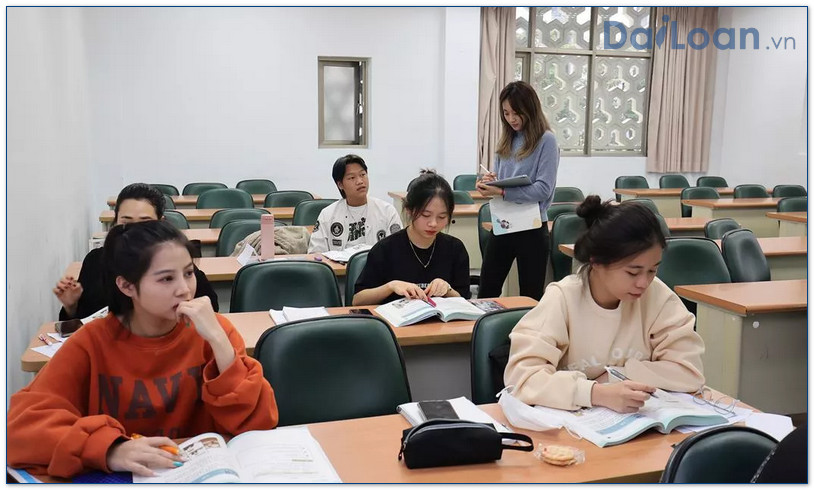The Chinese term 挺拔 (tǐng bá) holds significant meaning in both everyday conversation and literary expression. With a rich connotation and interesting grammatical structure, it’s a compelling word to explore.
What does 挺拔 (tǐng bá) mean?
In English, 挺拔 (tǐng bá) translates to “tall,” “upright,” or “gracefully straight.” It is often used to describe a person, tree, or object that stands tall and proud, conveying strength and elegance. The essence of the term reflects qualities of confidence and vigor.
Grammatical Structure of 挺拔
Components of the Term
The word 挺拔 consists of two characters:
- 挺 (tǐng): This character can mean “to stand straight” or “to stick out.” It adds the idea of erect posture or prominence.
- 拔 (bá): This character means “to pull out” or “to rise.” It contributes the notion of elevation or being raised above the norm.
Usage as an Adjective
In Chinese, 挺拔 is primarily used as an adjective. It often precedes nouns to describe a quality. For example, it can modify nouns like “树” (shù, tree) or “身材” (shēncái, figure) to create expressions such as “挺拔的树” (tǐng bá de shù – tall trees) or “挺拔的身材” (tǐng bá de shēncái – a well-proportioned figure).
Example Sentences Using 挺拔
Everyday Contexts
- 他的身材很挺拔,让人一眼就能注意到他。
- 公园里的松树挺拔而茂盛。
Translation: His figure is very tall and upright, making him noticeable at first glance.
Translation: The pine trees in the park are tall and lush.
Literary Contexts
- 那座山挺拔入云,令人叹为观止。
- 她在舞台上的表现挺拔,展示了她的自信与实力。
Translation: That mountain rises tall into the clouds, astounding everyone who sees it.
Translation: Her performance on stage was upright and graceful, showcasing her confidence and strength.
Conclusion
In summary, 挺拔 (tǐng bá) is a versatile word with beautiful connotations in the Chinese language. Its rich meanings and grammatical structure offer depth, allowing for varied usage in both casual conversation and formal writing. Understanding this word not only enhances vocabulary but also provides insight into cultural expressions of strength and beauty.

Sứ mệnh của Chuyên là giúp đỡ và truyền cảm hứng cho các bạn trẻ Việt Nam sang Đài Loan học tập, sinh sống và làm việc. Là cầu nối để lan tỏa giá trị tinh hoa nguồn nhân lực Việt Nam đến với Đài Loan và trên toàn cầu.
CÓ THỂ BẠN QUAN TÂM
Du học Đài Loan
Lao Động Đài Loan
Việc Làm Đài Loan
Đơn Hàng Đài Loan
Visa Đài Loan
Du Lịch Đài Loan
Tiếng Đài Loan
KẾT NỐI VỚI CHUYÊN
Zalo: https://zalo.me/0936126566
Website: www.dailoan.vn




